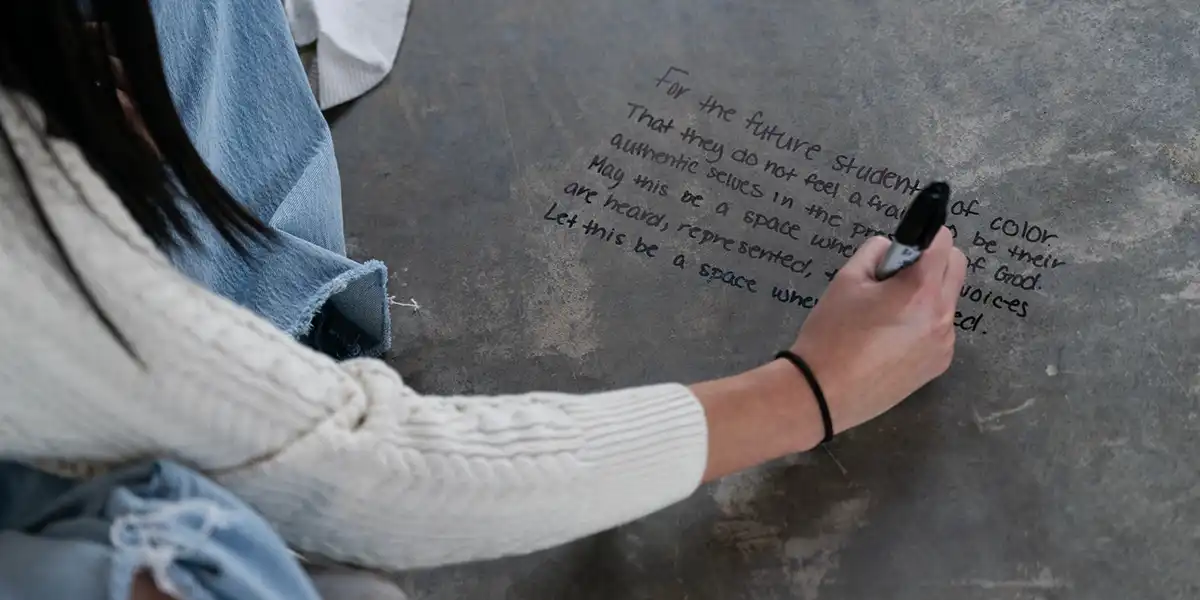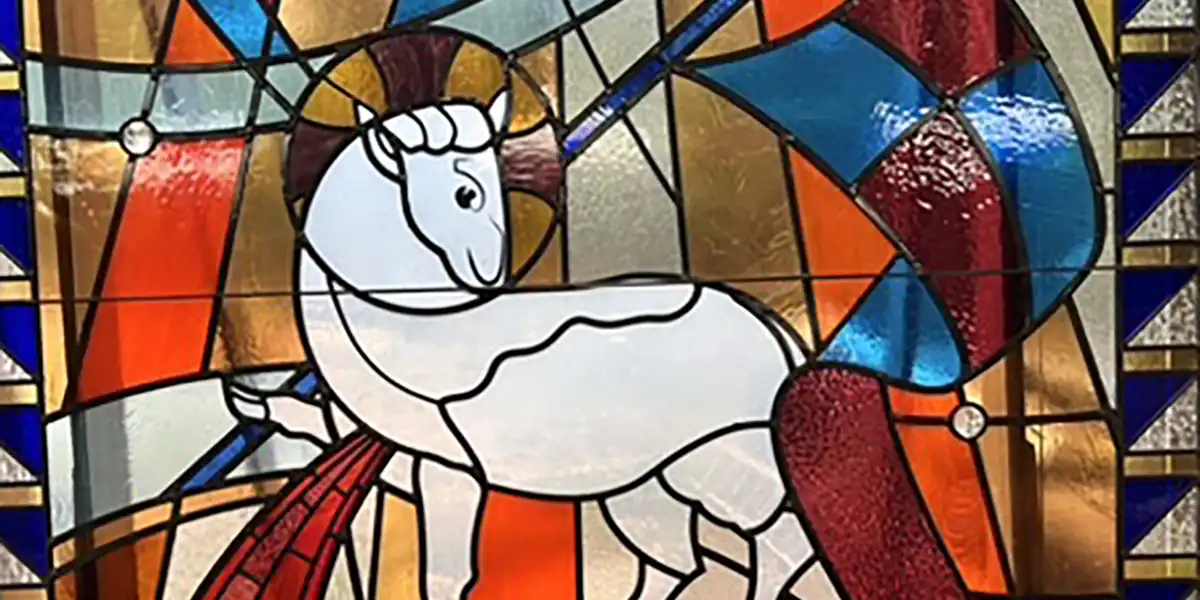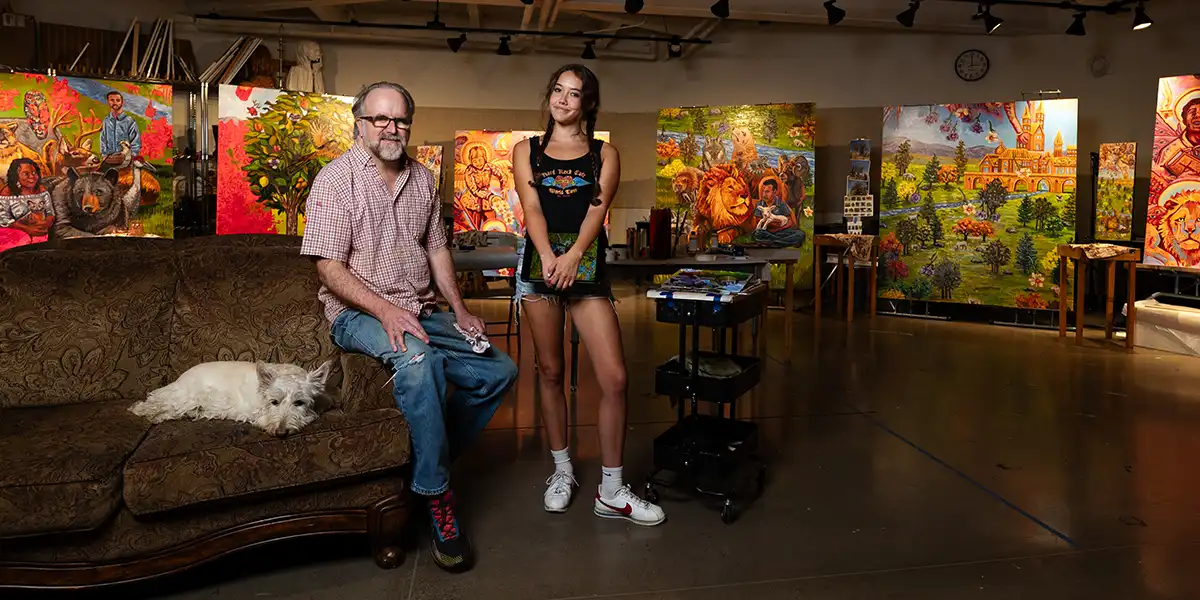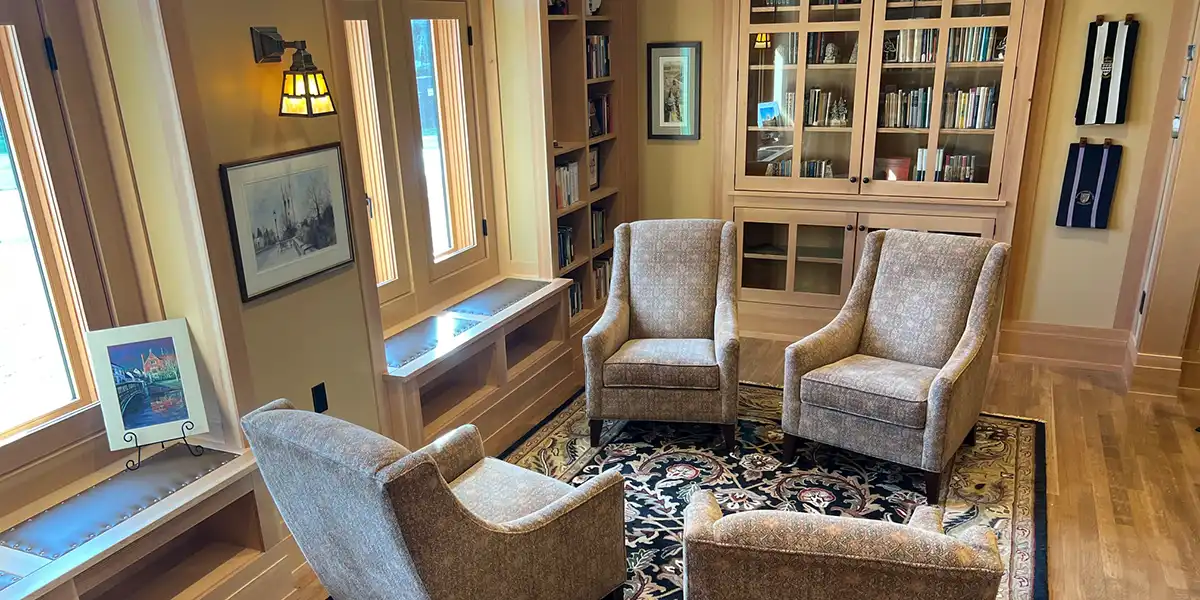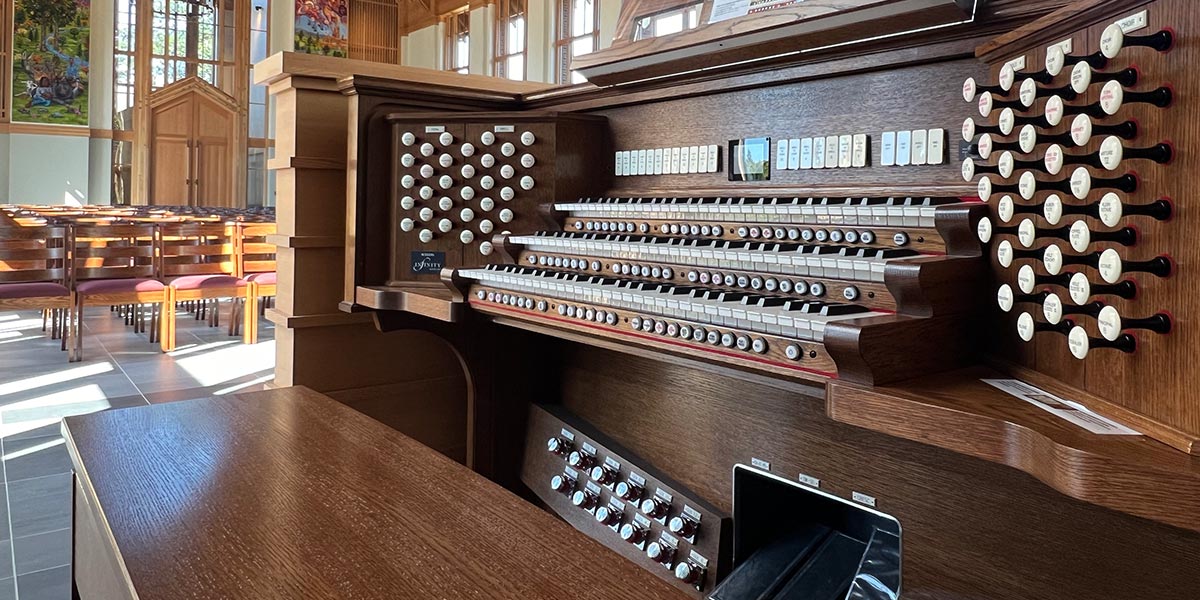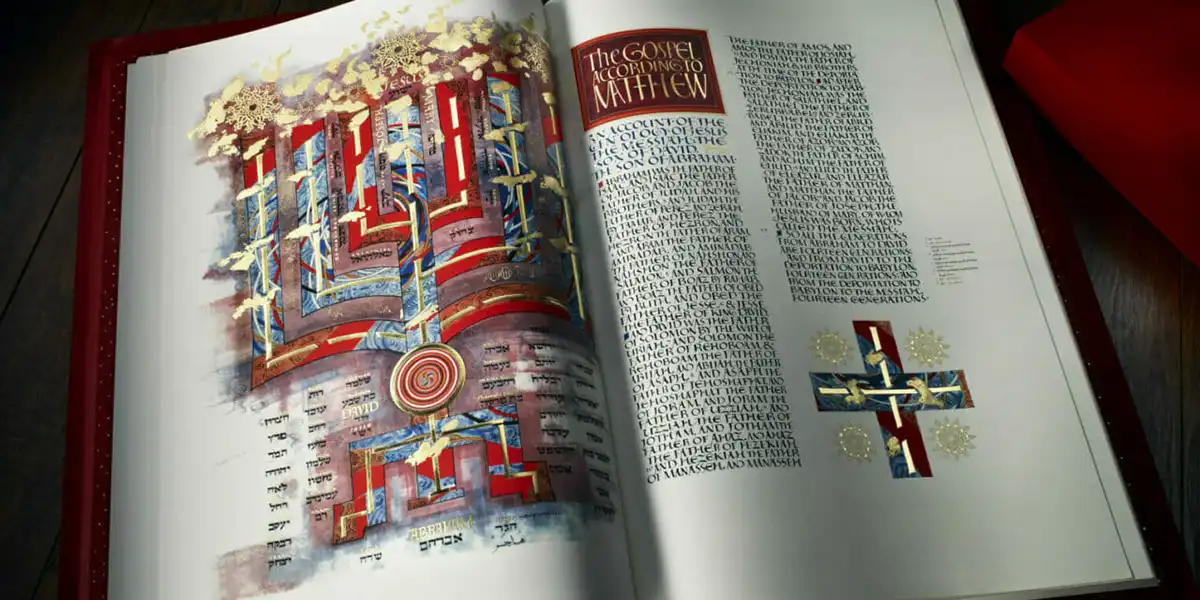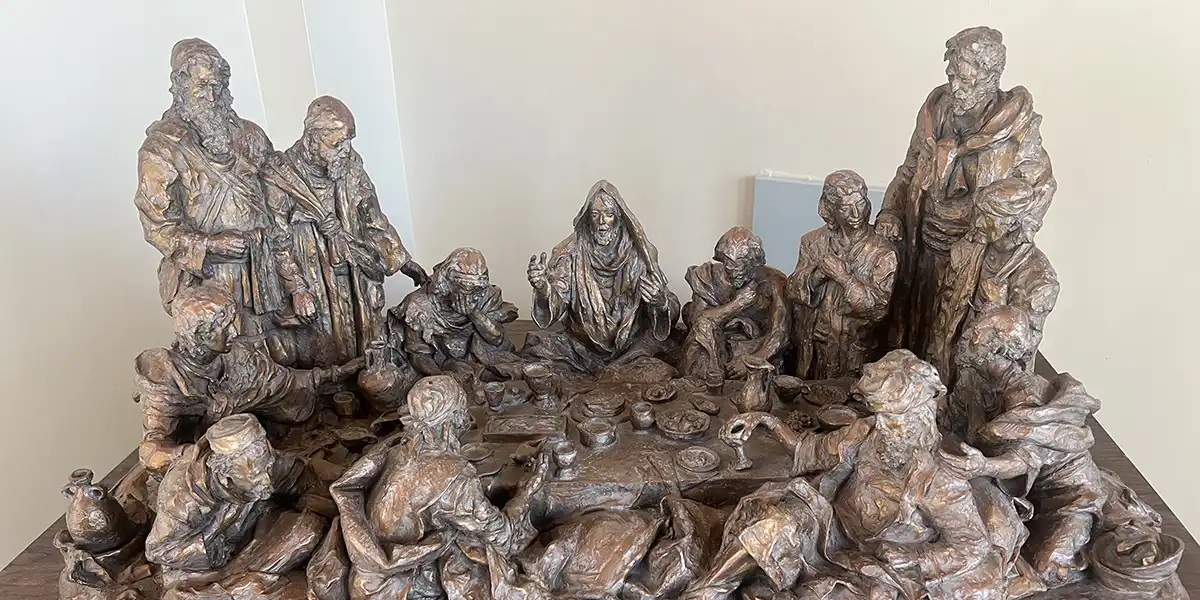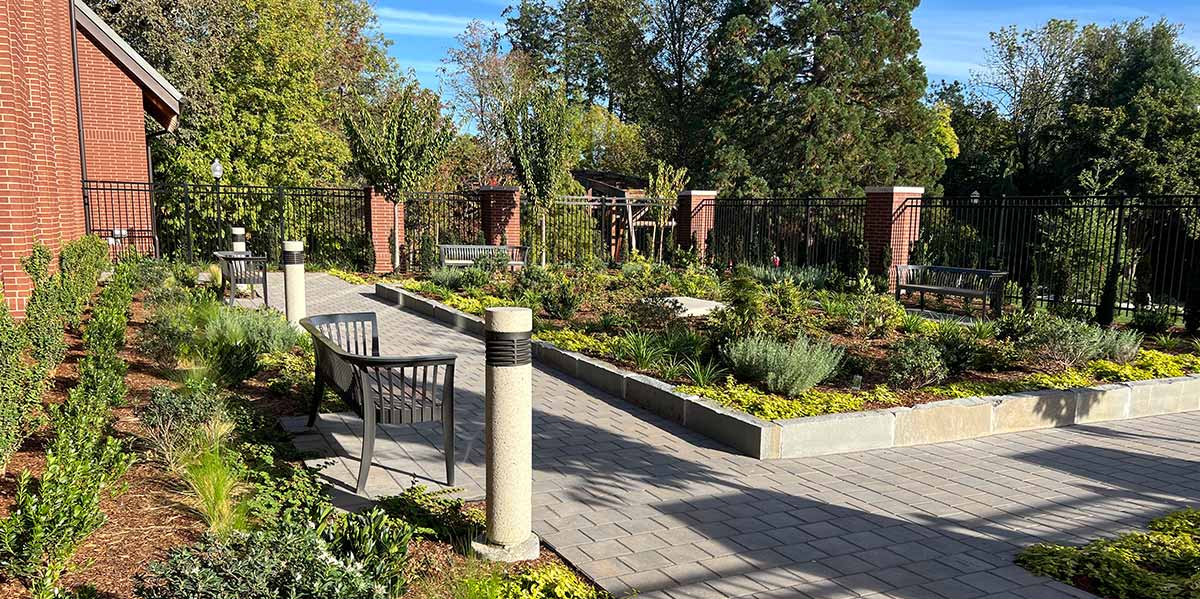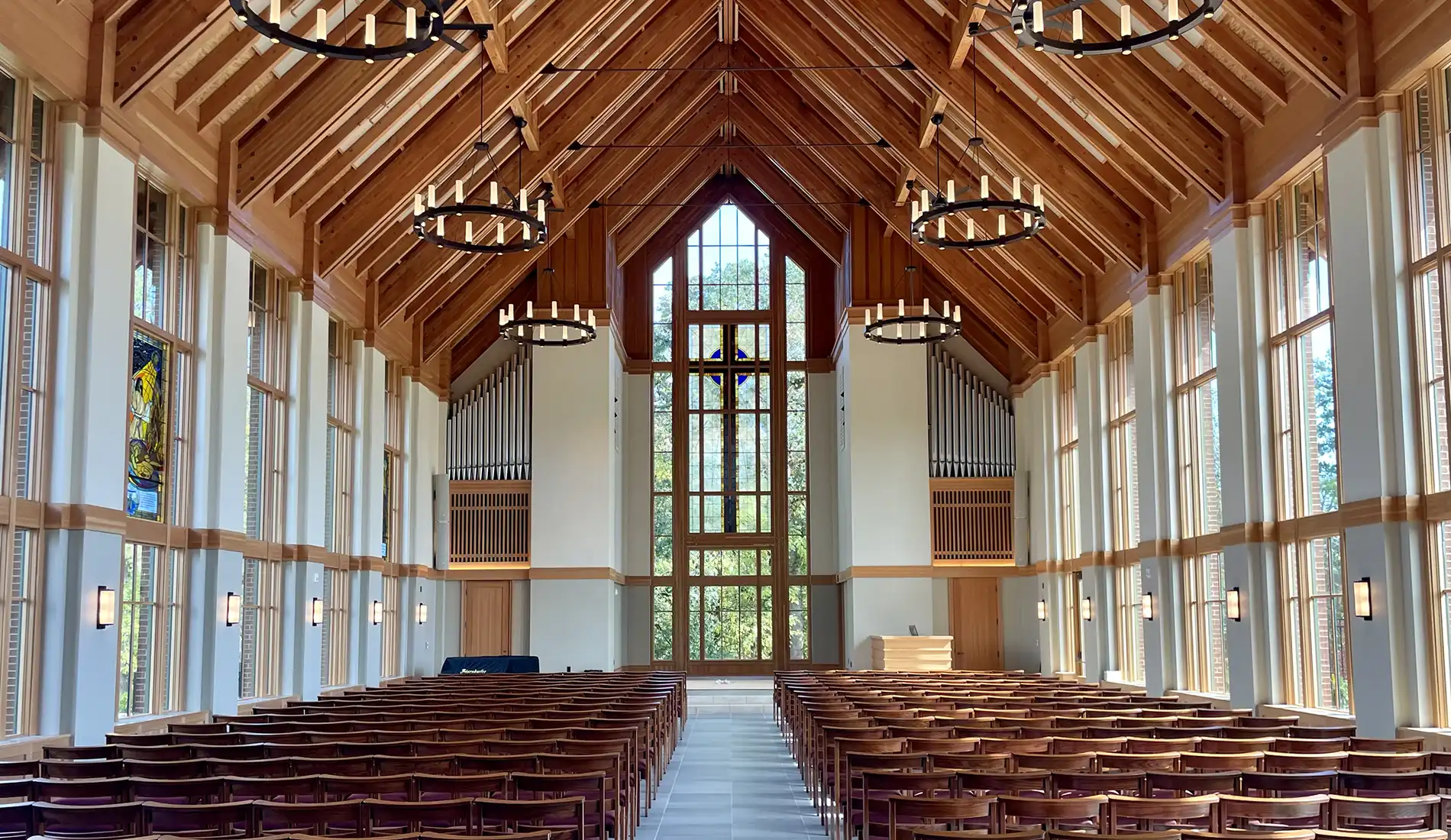
The Chapel at George Fox University
A Sacred Space
“George Fox University is a Christian community that asserts that intimacy with God does not require space or physical sacraments. Indeed, God created the world, and we can commune with our Lord in any given space; yet God has also provided us with the capacity to create beauty – in art, in nature and in architecture. What is sacred space? In the most beautiful churches in European Christendom, there is a deep connection between architectural design and theological purpose.
In a world where our students’ attention is vied for every second of the day, we see an increasingly urgent need to provide sacred space for them to be quiet with God, to worship and to be open to his voice. We designed George Fox University’s new chapel as a sacred space for spiritual reflection. At the center of our campus, we believe the Chapel inspires contemplation, evokes wonder, and fosters a deeper connection with the Lord. In a world driven by technology, we conceived a space to reconnect with something more profound than modern conveniences. It’s not a place of escape but one of significant meaning and genuine connection.
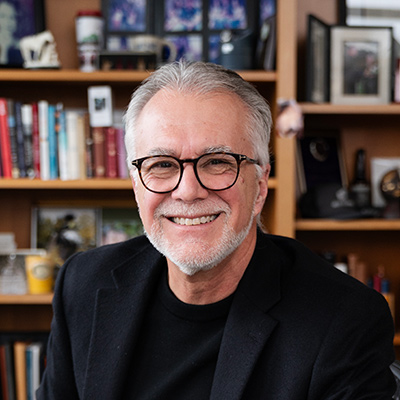
This project is a physical representation of our mission, a centerpiece of our faith commitment, and a place for our entire community to celebrate and practice the spiritual disciplines. Amid constant change, we all long for the eternal. The chapel embodies our commitment to creating a place of enduring beauty, where employees, students and alumni can experience God’s presence in new and transformative ways. This vision could not have been realized without the generosity of donors who believe in the Christ-centered mission of George Fox. I am deeply grateful for their support.”
Yours in Christ,
Robin E. Baker
President
Explore the Chapel
Press Coverage
Oregon's leading arts journal published a feature story on the chapel at George Fox University. Oregon ArtsWatch journalist David Bates wrote an in-depth piece on the art that enriches this long-awaited sacred space. Bates interviewed professor Tim Timmerman, stained glass artist Bryant Stanton, and architect Andrew Burke to get a better understanding of the planning and purpose behind the artistic elements.
